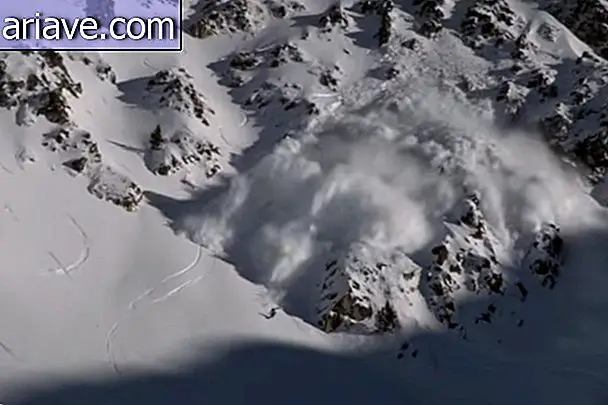Biggest cataracts that ever existed on earth today are completely dry
Waterfalls such as Iguazu and Niagara attract millions of tourists from all over the world because of their impressive beauty. These waterfalls, however, are tiny near what happened in the last Ice Age nearly 20, 000 years ago: waterfalls that were 10 to 15 times the volume of all the world's rivers. current days. They are called Dry Falls.
The name doesn't seem to make sense, but it turns out that cataracts no longer exist today, leaving only the plateau unevenness in central Washington state. At that time, at the height of the Ice Age, huge glaciers covered North America, and one of them eventually dammed the mouth of the Clark Fork River in Idaho, creating a lake of gigantic motifs called the Missoula.

Eventually, water pressure eventually broke the ice dam, creating a current that swept the northwestern United States. The water flowed at a speed of over 100 km / h, leaving a trail of destruction along the way. The flow was 10 to 15 times greater than the sum of all current rivers. Until they reached the unevenness in downtown Washington and probably created an unprecedented spectacle.
Lake Missoula is estimated to have drained in just 48 hours! However, there are theories that point out that damming and runoff occurred several times. The process would only have ceased with the melting of the ice sheet, which allowed the Clark Fork River to return to its normal bed. As a result, the falls no longer exist, and today, on the site, is a canyon nearly 6 kilometers long and 120 meters high - for comparison, Victoria Falls, between Zambia and Zimbabwe, the largest in width, falls. of a 1.7-kilometer-wide gorge.












